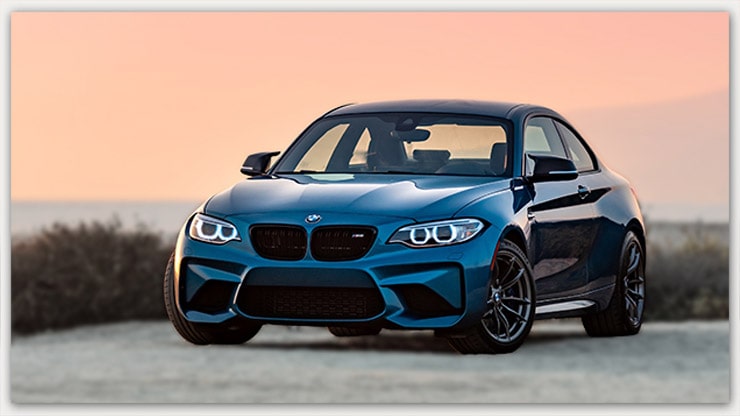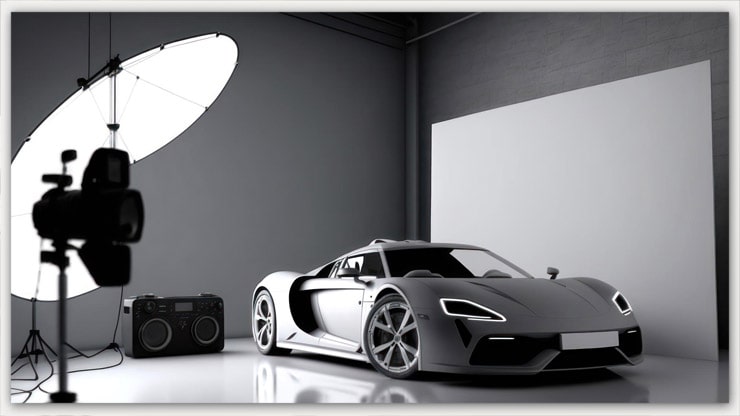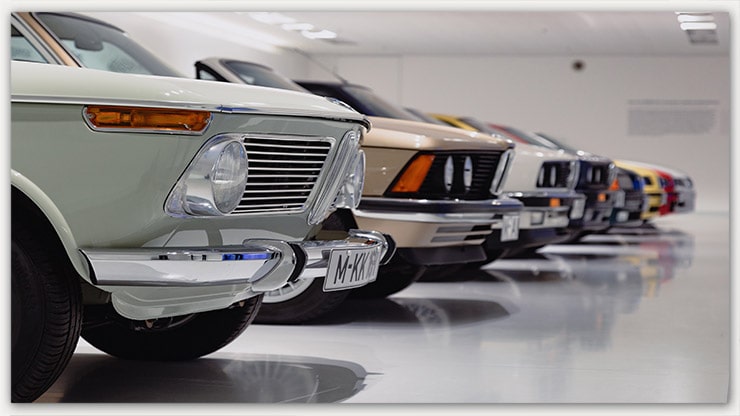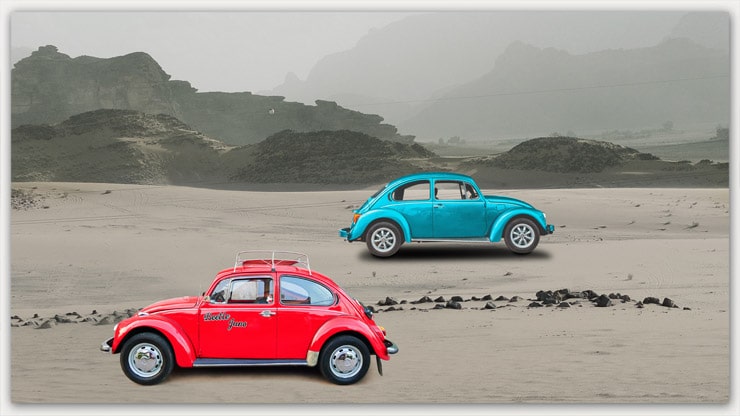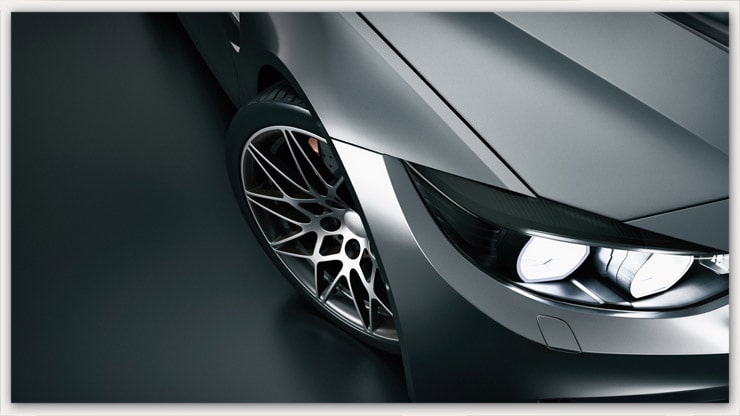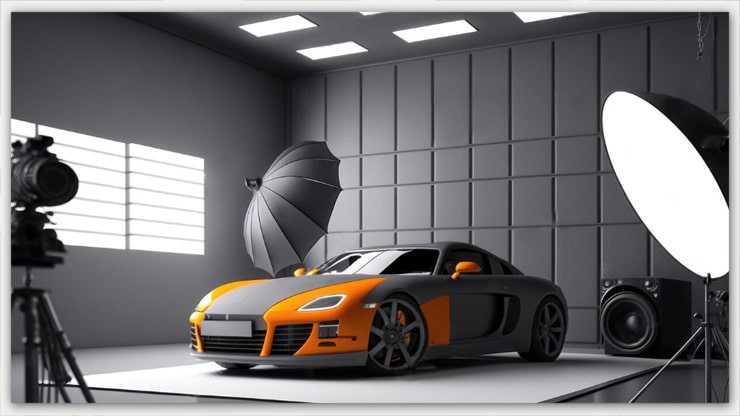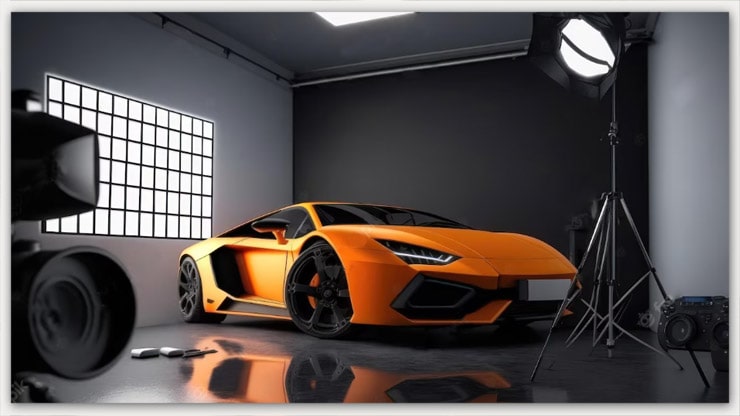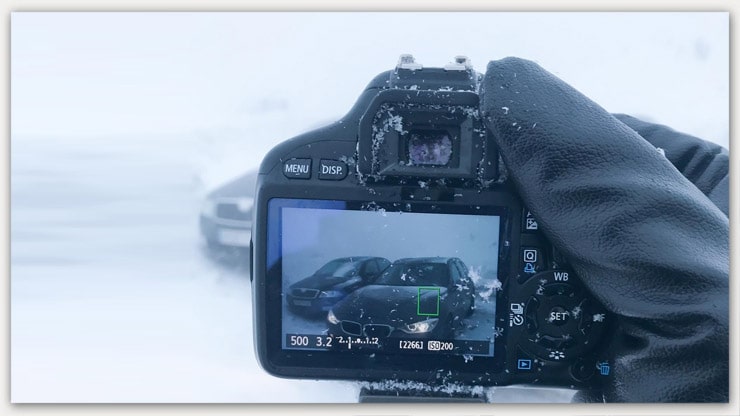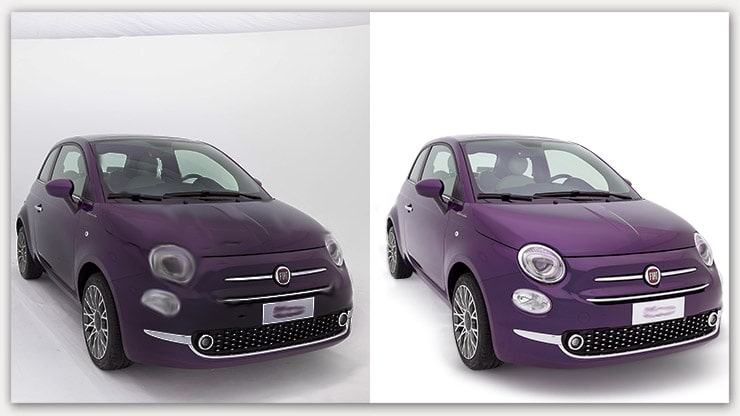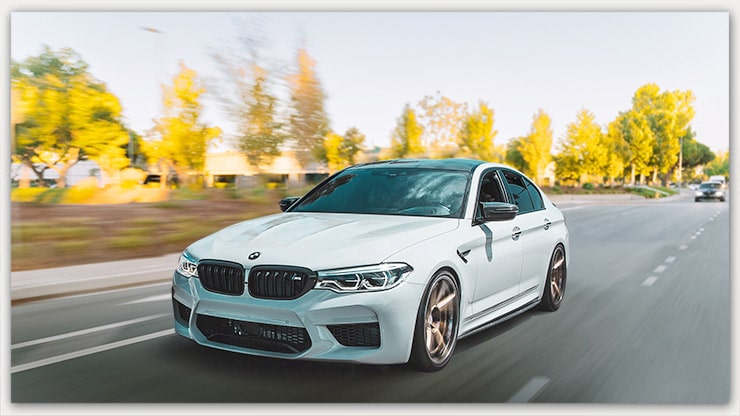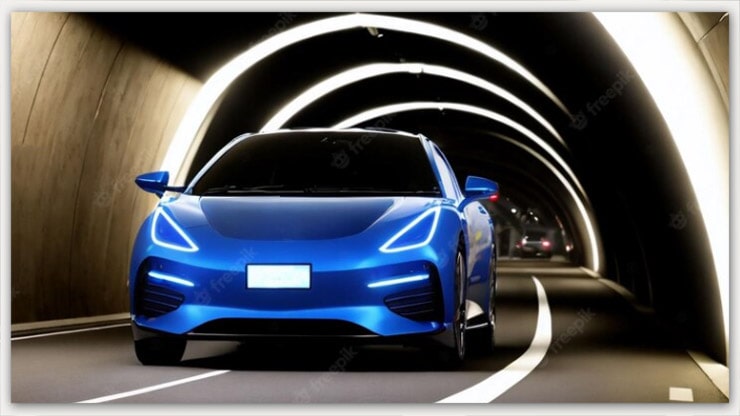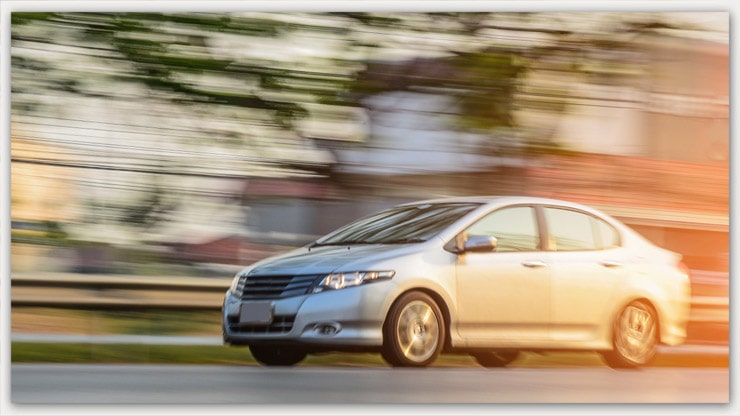Are you a car enthusiast who loves capturing the beauty of your favorite vehicles? Do you struggle to take Car photographs? Well, fear not because we have some effective car photography tips and tricks to help you take your skills to the next level.
Car photography is a unique art form that requires a keen eye for detail and a deep understanding of the subject.
Whether you’re shooting a vintage muscle car or a sleek modern supercar, there are certain techniques you can use to create stunning images that capture the essence of the vehicle.
This article will explore some of the most effective photography tips to help you take your pictures from ordinary to extraordinary. From choosing the right equipment to mastering the art of composition, we’ve got you covered.
So, whether you’re a seasoned pro or a beginner, read on to discover how to take your motorcar photography to the next level.
Understanding Car Photography
Car photography is a type of photography that specializes in capturing images of cars. It involves showcasing car design, style, and features through photographs.
Generally, it uses in automotive advertising, magazines, and online platforms such as social media.
Cars are more than just vehicles; they are symbols of status, luxury, and style. It’s no wonder that car photography is in high demand for advertising and marketing purposes.
However, capturing a car’s essence and beauty in a photo is not as simple as pointing and shooting.
Understanding how to make the shots of cars is of UTMOST importance. However, photography can seem like a simple task. But most photographers will spend months or years studying photography before they feel comfortable making it their profession.
Suppose you’re looking to start photographing cars professionally. Then it’s not a bad idea to start with something you know well first.
Ensure your photographs are better than average for every type of camera. Eventually, you’ll want all your shots to look professional, whether digital or film. Keep practicing so that when it comes time to shoot a car for money, you’ll be ready for anything.
Importance of Car Photography Tips to Get Stunning Car Photo
Car photography is an art form that requires careful attention to detail, lighting, and composition. Capturing stunning images can be challenging, but with the right tips and techniques, anyone can achieve great results.
Here are some reasons why this photography is important and some tips for getting stunning car images.
Car photography is vital in promoting automotive brands. It helps showcase many cars’ designs, features, and performances to potential buyers. Thus the entire car photography techniques help a lot in increasing brand value and selling your car.
Motorcar photography is also important for documenting the history of automobiles. It provides a visual record of how cars have evolved.
Some photographers may be interested in cars and enjoy capturing their beauty through photography.
Professional Car Photography Tips to Get Stunning Photograph
Regarding car photography, a few tips can make all the difference. Firstly, choosing the right location is important – somewhere that complements the car and adds to the overall aesthetic.
Lighting is also key; choosing the right time of day can help create a beautiful and dramatic effect. Experimenting with angles can also be effective, such as shooting from low down to emphasize the size and power.
It’s also worth considering the surroundings and finding ways to incorporate interesting elements into the shot.
Finally, Car photo editing can bring out the best in the image with techniques such as adjusting brightness and contrast and removing distracting elements. With these tips in mind, motorcar photography can be a fun and rewarding pursuit.
Choose Location
Choose a location that complements your car’s color and style. A scenic location with minimal background distractions can make all the difference. A good location helps you to use the best gear and camera settings in capturing a car.
You can try different angles, and different cars to represent the personality of the car.
Take Detail Shots
Take close-up shots of the unique features, such as the front of the car, wheels, car headlights, back of the car, and grille.
Moreover, try shooting very close to the whole car, the interior of the car, and the surface of the car. This will add interest to your images and help tell the story.
Choose Your Background Carefully
Suppose you’re doing your photography or have hired someone to photograph your car. Choose a background. Carefully avoid busy backgrounds as they can distract from your subject.
It’s also important to ensure that your car has room to be seen – just pulling up next to other cars might get you some shot, but it won’t look professional.
Get the Right Lighting
Lighting is very important in professional automotive photography, as you want to showcase what’s great about your vehicle while eliminating its flaws.
The two most common forms of lighting are natural light and artificial light. Try to use a mix of both when taking pictures of your vehicle for best results.
Choose the right time of day for shooting your car. Early morning or late afternoon light can provide beautiful warm tones and long shadows
Direct sunlight can sometimes cause harsh shadows on your car, so look for a way to block off any direct sunlight from a window or nearby structure that could throw an unflattering light on your photo.
If you want to show light painting keep the light as low as possible. The last thing you want is for someone to look at your pictures of a Corvette with deep-set eyes thinking it has googly eyes!
The Right Camera Gear
Pick your camera type (DSLR or Mirrorless) based on your budget. The great thing about DSLR cameras is that most can be used with various lenses; some even go up to 500mm.
With mirrorless cameras, you’re limited by smaller sensor sizes, but they are more affordable than DSLRs if budget is a major concern.
Most car manufacturers also have permission to use their logos, so finding brands isn’t as difficult as you may think. Another perk is that most manufacturer decals are pre-printed, so there’s no need for Photoshop magic, just an eye for color matching.
These images can be published in magazines and other media outlets if done correctly. Just make sure it’s proper licensing before publishing!
Pay Attention to the Color of the Car
Color plays a huge role in car photography, but that doesn’t mean you must paint your car. Also, it just means you should keep it clean. On the other hand, a light-colored background makes dark vehicles stand out, while a darker setting gives white cars some pop.
The color of a vehicle also affects its mood—for example, a red sports car will appear speedier than one in black or silver. Choose your background accordingly, depending on what you want to convey with your photos.
The Right Camera Settings
Your camera is only as good as its settings. For professional photos, set your camera on aperture priority mode (A or Av) to allow you to control the depth of field manually.
You can then choose the focal length for any shot (considering that wider angles will lead to more dramatic shots).
Start with a medium-wide angle lens, like 35mm or 50mm. Workaround f2.8 for depth of field and ISO400 for faster shutter speeds on bright days so you don’t get car-weld glare from reflective surfaces.
Edit and Enhance Your Images
Once you’ve set up your photo shoot and taken several photographs, it’s time to start editing in Photoshop. What do I mean by editing? Well, let me explain it: one must go through several steps to transform a good picture into a great one.
For example, edit out any blemishes on the car using cloning tools or adjust exposure levels for optimum color balance. Adjust the brightness, contrast, and saturation to bring out the colors and details in the image.
Let the Car Interact with Nature
Perhaps nature photography is a bit out of your comfort zone, but there’s no reason why you can’t still apply its principles to car photography.
The framing and choice of subject for your shot should work together with its surrounding environment to create a visual story that wouldn’t exist if it weren’t for both subjects.
It doesn’t take long to change how people look at cars! Once you get used to doing it, shooting cars in an interesting location becomes second nature.
Shoot Vertically
If you have a car with an unconventional design or many curves, it’s best to shoot vertically. The simple fact is that shooting horizontally will make your car look wider than it is.
Vertical shots are more flattering and create a better image, which makes your car look sportier, sleeker, and more expensive. The only exception is if your vehicle has pillars on either side.
In that case, you should still shoot vertically because even though pillars can be seen in a horizontal shot, they may not be recognized as such due to perspective distortion.
Shoot at Night
Night photography is notoriously difficult because of how long you must expose your photo. And it makes a moving subject even more challenging. But with some practice, it’s possible to shoot high-quality photos of a car at night using only artificial light.
All you have to do is first Set up your shot so that part of your frame is well-lit by an open door or street lamp. After that, use another flash as a fill light on any dark areas (like reflections in metal).
Experiment with shutter speeds from 15 seconds to 1/1000th second, depending on your artificial light source’s brightness.
If you shoot a static subject, put your camera on a tripod; if it’s moving (like people standing around), set up multiple shots so you can blend them in Photoshop later.
Pursue Your Visions
A camera can be a great tool to invest in for your photography business. But it is good to remember that, as with any new business, you must invest time and money into growing it. So, put your money where your dreams are.
There’s no way around it—if you want to build a successful photography business, you must learn how to hustle.
Once you’ve mastered getting consistent clients through networking and referrals, you should focus on gaining social media visibility by regularly posting interesting content on Facebook, Twitter, Instagram, Pinterest, etc.
It might initially feel awkward (and completely unnecessary if you’re already booked solid). Interestingly, social media is one of our favorite marketing tools here at Petal Pusher Creative. It also helps our work get in front of people who otherwise would never find us.
Pan for Motion Blur
Lens blur is a great way to soften car details, but you can take it one step further. Catching your subject in motion like a moving car can often be hard, especially if people are around. (If you shoot in an urban environment, people tend to be moving around all over.)
On the other hand, if your main focus is on just one person or car, however, you can pan with that subject as it moves from side to side or toward/away from you.
That way, when you’re looking through your viewfinder, everything will appear blurry except for your subject (the reason why is explained above). You’ll get some interesting results when that happens—and it might not happen every time.
Don’t Hit Them Over the Head
The first thing you must know about shooting cars is that most aren’t moving. This requires a different approach than you’re probably used to, instead of using available light and running around like a maniac.
And also, you may want to choose your angles carefully and ensure you have plenty of time to set up each shot. (Keep in mind that light modifiers take some time to adjust.)
If you try to hit them over the head with lightning-fast lighting changes or rapid-fire shots, chances are good that your car won’t be positioned well at any point.
Avoid the Obvious Shots
Look for perspectives that are unique or interesting. One of my favorite techniques is to get down on one knee in front of a car. It’s similar to photographing someone from their knees, providing a more three-dimensional perspective and often creating an illusion of motion.
Of course, every situation calls for different angles and shots. Here only experience will help you determine which style is right for you.
FAQs
The following questions are some of those I have received over time regarding car photo shoots. They will help you out in your quest to take better car pictures.
Most professional car photographers use a DSLR camera with a full-frame sensor. I shoot with a Canon 5D Mark II, but any full-frame camera will suffice if you’re on a budget.
The most important consideration for your camera is that it can shoot in Manual mode. This is essential for controlling shutter speed, aperture, and ISO. Ensure your kit lens has image stabilization (vibration reduction or VR). Not all lenses do!
A 50mm prime lens for motorcar photography offers great sharpness in conjunction with a shallow depth of field. The short focal length is also great for photographing cars at close distances. Getting physically close to a car while shooting photos can be difficult.
A 35mm prime or a wide-angle zoom are also popular options. Still, some photographers prefer zoom lenses as they allow them to easily adjust framing without moving from their position.
Overwhelmed by both budgeting and scheduling a shoot? Unsure how to make your shoot stick out from everyone else’s? Answering all of these questions is not as hard as it may seem, but you can do some simple things to ensure you get exactly what you want.
Taking great car photos is a tricky business. Taking good shots of vehicles for commercial purposes doesn’t have to be difficult. For example, if you clearly know what makes a shot professional from one that isn’t. Follow these tips for shooting professional car images every time!
Last Words
Car Product Photography Tips will be helpful. Don’t be afraid in taking car photos, follow the car shooting techniques and best tips and start shooting to enrich your photography career.
To improve your pictures, put them in as many locations as possible. When done right, having a variety of backgrounds can add a lot of interest to your photos; it’s also great practice. Happy shooting!
I hope you understand automotive photography tips. However, if you still have a question, please leave it in the comments section below.
You may read:


